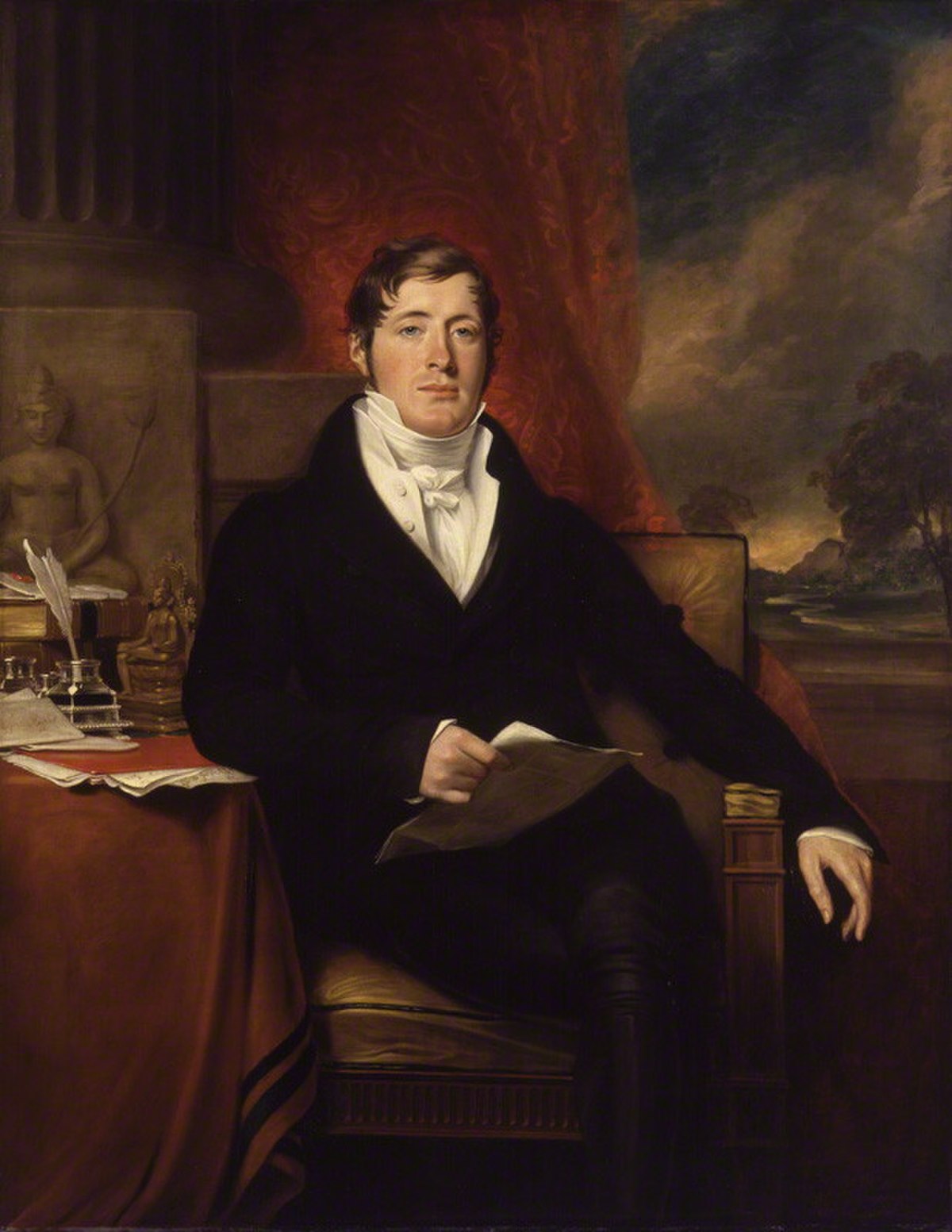
Founding of Modern Singapore
SingaporeThe island of Singapore, originally known as Temasek, was a notable port and settlement in the 14th century. By the end of that century, its ruler Parameswara was forced to relocate due to attacks, leading to the foundation of the Sultanate of Malacca. While the settlement at modern-day Fort Canning was deserted, a modest trading community persisted. Between the 16th and 19th centuries, European colonial powers, starting with the Portuguese and followed by the Dutch, began to dominate the Malay archipelago.
By the early 19th century, the British sought to challenge Dutch dominance in the region. Recognizing the strategic importance of the trade route between China and British India through the Malacca Strait, Sir Thomas Stamford Raffles envisioned a British port in the area. Many potential sites were either under Dutch control or had logistical challenges. Singapore, with its prime location near the Straits of Malacca, excellent harbor, and absence of Dutch occupation, emerged as the favored choice.
Raffles arrived in Singapore on 29 January 1819 and discovered a Malay settlement led by Temenggong Abdul Rahman, loyal to the Sultan of Johor. Due to a complex political situation in Johor, where the reigning Sultan was under Dutch and Bugis influence, Raffles negotiated with the rightful heir, Tengku Hussein or Tengku Long, who was then in exile. This strategic move ensured British establishment in the region, marking the foundation of modern Singapore.
